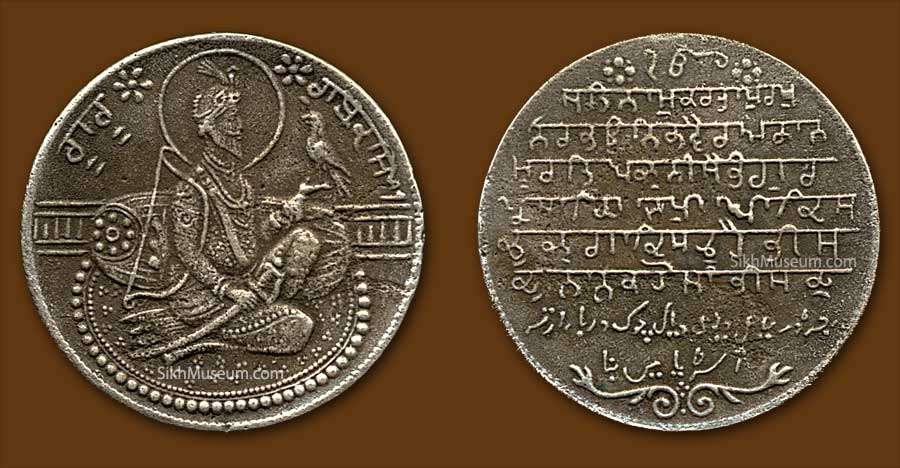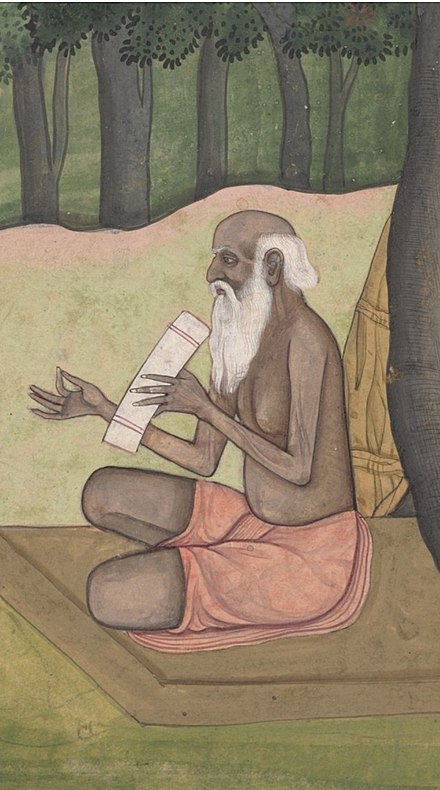Explore the concept of manas, the mind in Indian thought, its role in perception, emotions, and spiritual connection, bridging the material and consciousness.
Discover how Sikh sacred texts contrast the ego-driven manmukh with the Guru-guided gurmukh, exploring personality types and spiritual guidance.
Explore the concept of Maya in Indian tradition as the veil concealing reality, its cosmic power, and its unique interpretations in Sikhism.
Discover how Bhai Murari's spiritual journey with Guru Arjan purifies the mind through the love of the Divine Name.
Discover how Pingala, a comely prostitute, found emancipation through introspection and devotion to the Lord in this inspiring tale of redemption.
Discover the legend of Sage Angiras, a key figure in Rig Veda hymns and praises of Guru Nanak Dev.
Explore the deep-rooted traditions of Sankranti, celebrated with rituals, charity, and devotion, highlighting the cultural heritage and spiritual essence.
Explore Charhdi Kala, the ever-ascending spirit of high morale in Sikhism, embodying faith, courage, and cheerfulness against all challenges.
Explore Sarang ki Var in Guru Granth Sahib. Delve into life's purpose beyond material means through devotion and the love of God in this spiritual composition.
CHARPAT NATH, one of the yogis whom, according to the Miharban Janam Sakhi, Guru Nanak met on Mount Sumer, was a Gorakhpanthi recluse. Guru Nanak himself mentions his name twice in his compositions in the Guru Granth Sahib in his Si`dh Gosti and in another hymn in Raga Ramkali. In the Sidh Gosti (lit. discourse or dialogue with the Siddhas), Charpat is stated to have put this question to him: "How is one to go across the world described as an impassable ocean?" Answers the Guru: As unaffected liveth the lotus in water, And the duck, So with the mind fixed on the Word, One swimmeth across the Ocean of Existence.







